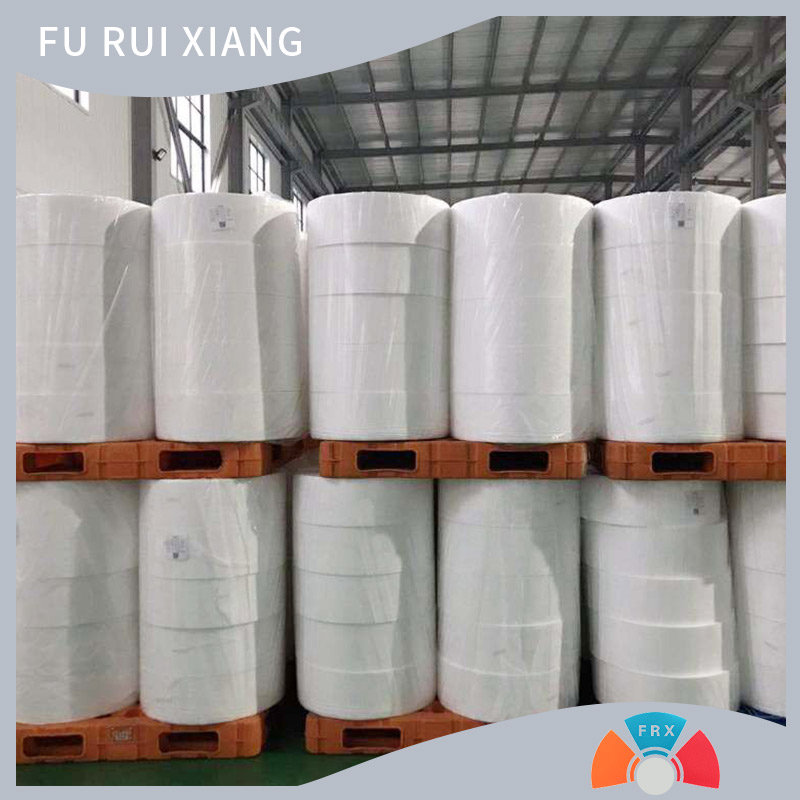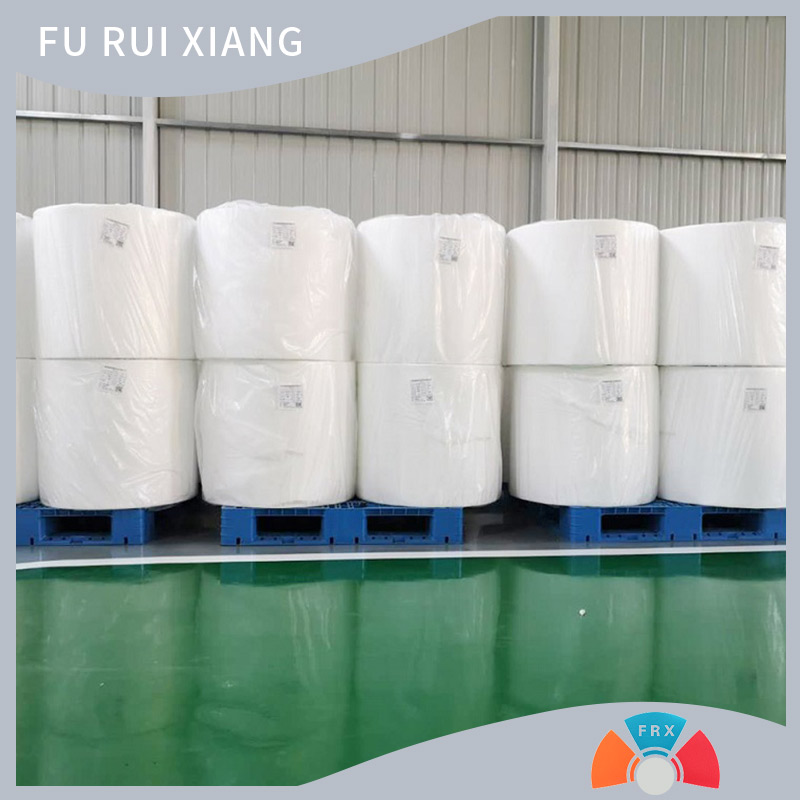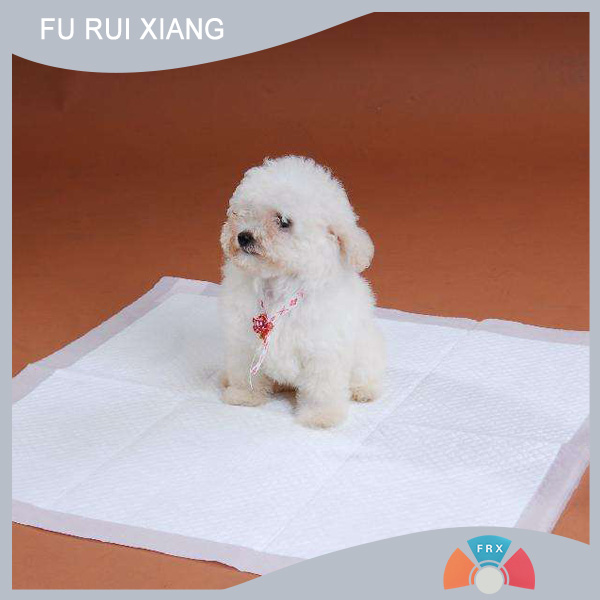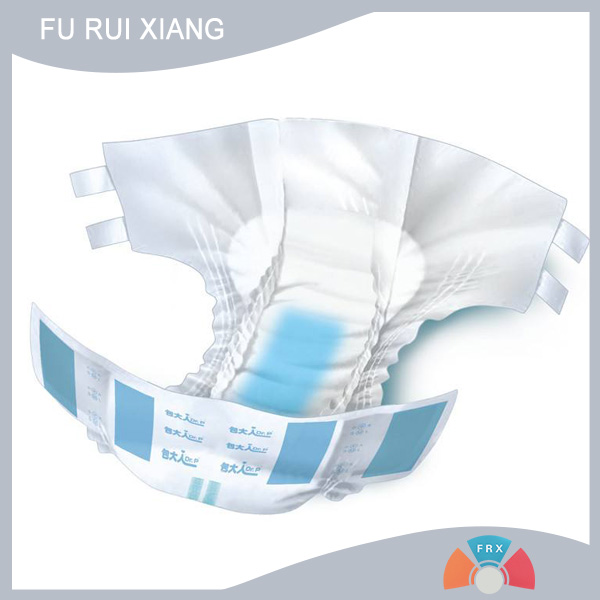What are the common properties of spunbond nonwovens?
(1) Mechanical properties
Spunbond non-woven fabric has high cleanliness and regular structure, so it has excellent mechanical properties, and its strength, hardness and elasticity are higher than high-density PE.
(1) Thermal properties
Spunbond non-woven fabrics have good heat resistance, the melting point is 164-170℃, and the products can be sterilized at temperatures above 100℃. Under the action of no external force, it will not deform at 150 °C. The embrittlement temperature is -35 °C, and embrittlement occurs below -35 °C, and the heat resistance is not as good as PE.
(1) Chemical stability
Spunbond non-woven fabric has good chemical stability. In addition to being eroded by acid, it is relatively stable to other chemical agents, but low molecular weight aliphatic hydrocarbons, aromatic hydrocarbons, etc. can soften and swell spunbond non-woven fabrics. The chemical stability also improves with the increase of cleanliness.
Mr. Bi Huichuan has rich experience in the production of polypropylene spunbond non-woven fabrics. In April 1996, he established Qingdao Jufuxiang Plastic Industry Co., Ltd. (the predecessor of Qingdao Furuixiang Plastic Technology Co., Ltd.), dedicated to production, research and development SMS, SS, S polypropylene spunbond non-woven fabrics.
- The situation of the textile and garment industry is relatively stable!
- September's Health Protection: The "Softness" Power of Eisai Nonwoven Fabric!
- A detailed introduction to Weicai non-woven fabric!
- The development trend of the textile fabric industry!
- Qingdao Furuixiang Plastic Technology Co., LTD. Furniture Non-woven Fabric: A practical decorative material suitable for
- Qingdao Furuixiang Plastic Technology Co., LTD. Spunbond Nonwoven Fabric: The mainstream molded category in nonwoven fab
- Green and low-carbon, the textile industry is accelerating its "breakthrough"!
- Furniture non-woven fabric: A furniture auxiliary material that combines practicality and aesthetics!
- The export situation of China's textile and garment industry in the first half of the year!
- Qingdao Furuixiang Plastic Technology Co., LTD. Spunbond Nonwoven Fabric: A high-efficiency formed nonwoven fabric categ










